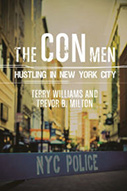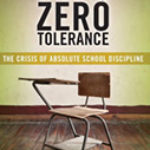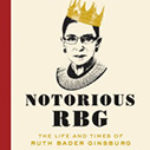The CON Men: Hustling in New York City

Authors: Terry Williams and Trevor B. Milton
Publisher: New York: Columbia University Press (Studies in Transgression series), 2015. 276p.
Reviewer: Richard Allinson | May 2016
Tales about tricksters in folklore and in written literature have fascinated listeners and readers since prehistoric times. In this book, sociologists Terry Williams and Trevor B. Milton introduce us to two types of real-life contemporary tricksters: con artists, who accost prospective victims in a public place with intent to defraud them by means of a trick, swindle or confidence game; and hustlers, who employ a variety of schemes to extract money from people by illegal and/or legal means. The authors obtained their data from interviews with and observations of con artists and hustlers operating in current-day New York City.
In the first three chapters Dr. Williams introduces us to an experienced and articulate con man he calls “Alibi Jones.” Alibi boasts of his many successes in a long career as a pimp, con man, fence, seller of slum jewelry and fake liquor, dealer in counterfeit money and illegal drugs, shoplifter and money launderer. According to Alibi, the “hook” in all of his schemes is an appeal to the victim’s greed: once the prospective victim starts thinking of how he or she might steal from the con artist, “… this urge is what often ensnares the victim and makes the con successful.”
Several of the other chapters are devoted to “hustlers,” who are defined as self-employed vendors of legal or illegal products that are sold through unauthorized means. Hustlers described is this book include sellers of illegal drugs, stolen or counterfeit merchandise and jewelry, tickets for betting on “policy” or “numbers” lotteries, untaxed “loose” cigarettes and many other items.
In one chapter, Dr. Milton introduces us to a hustler he calls “Lee,” who sells bottled water to motorists waiting in their cars at traffic lights in Brooklyn. Although Lee is an unlicensed vendor, he is portrayed sympathetically as a hard worker who provides his customers with a valued service at a reasonable price.
Other con artists and hustlers profiled by the authors include:
- a seller of pirated DVDs;
- vendors on Canal Street in lower Manhattan (a well known bargain-shopping district) who sell fake designer handbags and knockoff electronics to naive bargain hunters, many of whom are out-of-towners;
- the operator of a “numbers” game who sometimes bets her own money even though she’s well aware of the very long odds against winning;
- a tenant who has lived mostly rent-free for 25 years by inundating New York City housing agencies with bogus complaints against her landlords;
- a seller of crack cocaine; and,
- a retired police officer who recalls a rogues’ gallery of “bent” police officers and wily criminals he encountered in his long career.
In the final chapter, Dr. Milton summarizes an interview he conducted with “J. T.,” a retired Wall Street stockbroker, about the role of fraud and deception in the Great Recession of 2008 and its aftermath. Unfortunately, their dialogue is rather unfocused: for example, it doesn’t even address the spiraling defaults of subprime mortgages that led to huge losses among the biggest banks and other “too big to fail” financial firms.
Except for the final chapter, the authors have provided us with a very informative and readable introduction to the wide array of scams perpetrated by today’s real-life tricksters.
Richard Allinson is a writer and editor who specializes in criminal justice topics.


